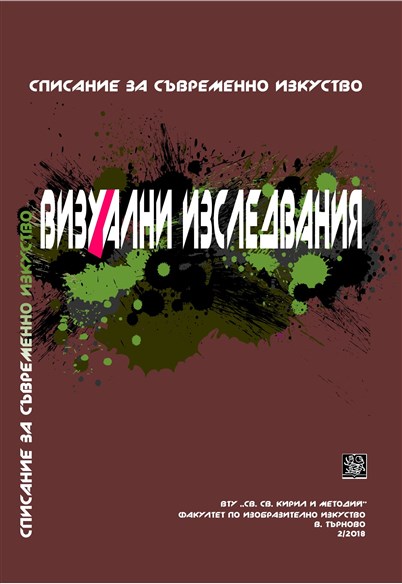Функции на цвета в съветското кино от 60-те години на ХХ век
The Functions of Colour in the Soviet Cinema Films in 60s of 20th Century
Author(s): Nataliya NyagolovaSubject(s): Fine Arts / Performing Arts, Visual Arts, History of Art
Published by: Великотърновски университет „Св. св. Кирил и Методий”
Keywords: Semiotics; range of colours; poetics; The Thaw; filming
Summary/Abstract: This report features the functions of colour in the Soviet cinema films in the period of The Thaw. In the 60s, a refusal of colour use and filming of black and white movies is a frequent phenomenon (M. Hutsiev The Stands of Ilich, 1962, Yosef Heifits The Day of Hapiness, 1963, S. Gerasimov Journalist, 1967, V. Basov Shield and Sword, 1966, P. Todorovski Magician, 1967, etc.). The use of this technique was defined by several factors:– the desire of the cinema of the Thaw to defer from the decorative and theatrical colour scheme of the Stalin era;– turning light into a main instrument of the “cinema language”;– the poetic approach to the film narrative and the specific drama effect of the visual plot structure of the films;– the claim of the cinema artists of the 60s to create an author’s independent and intelligent cinema, without any relation to popular art.
Journal: Визуални изследвания
- Issue Year: 2/2018
- Issue No: 1
- Page Range: 65-71
- Page Count: 7
- Language: Bulgarian

